
Steve McQueen’s Jaguar XKSS
By Lizett Bond
Historical photos by William Claxton and provided by Matt Stone and the McQueen Family Collection
Few would dispute the King of Cool’s acumen when it came to his craft. Whether it was the steely-eyed Michael Delany in the 1971 movie Le Mans, or his suave presence in The Thomas Crown Affair, Steve McQueen the cult hero conveyed an irresistible charm exuding sexual energy, sly humor, and a hint of danger.
Beyond his acting profession, McQueen is also known for his avid admiration of rare cars and motorcycles. The ultimate motorhead, he relished his assemblage — raced them regularly, drove them daily, and turned his own wrenches.
Automotive expert and author Matt Stone, in his work, McQueen’s Machines: The Cars and Bikes of a Hollywood Icon penned the quintessential, in-depth view into the many notables of the McQueen collection. One of the more striking examples profiled is the 1957 Jaguar XKSS, acquired by McQueen in 1958 for $5,000.
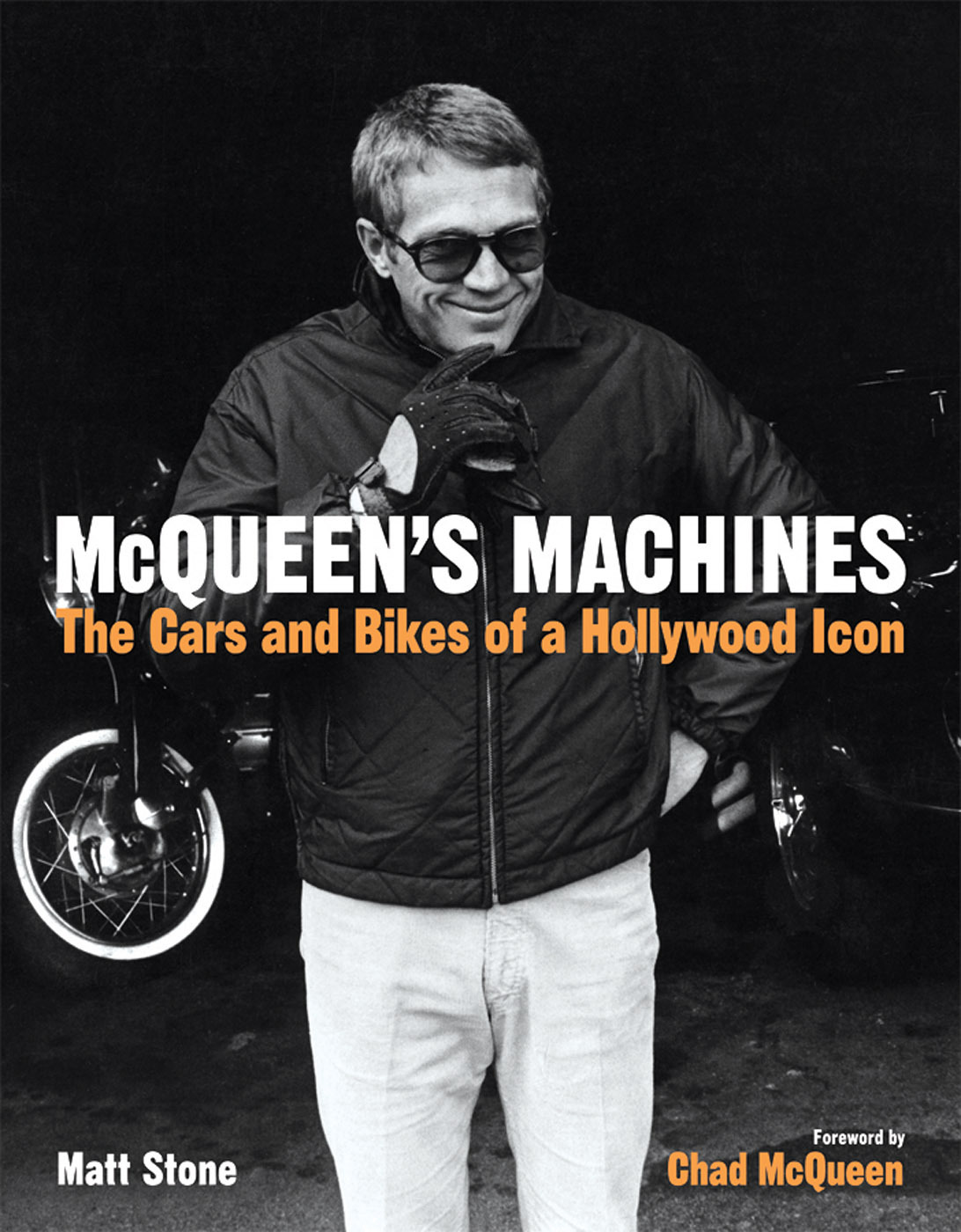
Jaguar was a dominant force in racing during the 1950s, with five Le Mans victories in that decade. Jaguar’s D-Type, with its XK dual overhead cam inline-six, was the definitive race car of the era. After the 1956 racing season, Jaguar pulled out of racing and found itself with 25 customer D-Types on hand, and no takers, according to Stone.
Jaguar modified these D-Types to street spec, and 16 XKSSs were built before a massive 1957 factory fire destroyed much of Jaguar’s work-in-process inventory, including the final nine D-type XKSSs. McQueen’s purchase was chassis No. 713.
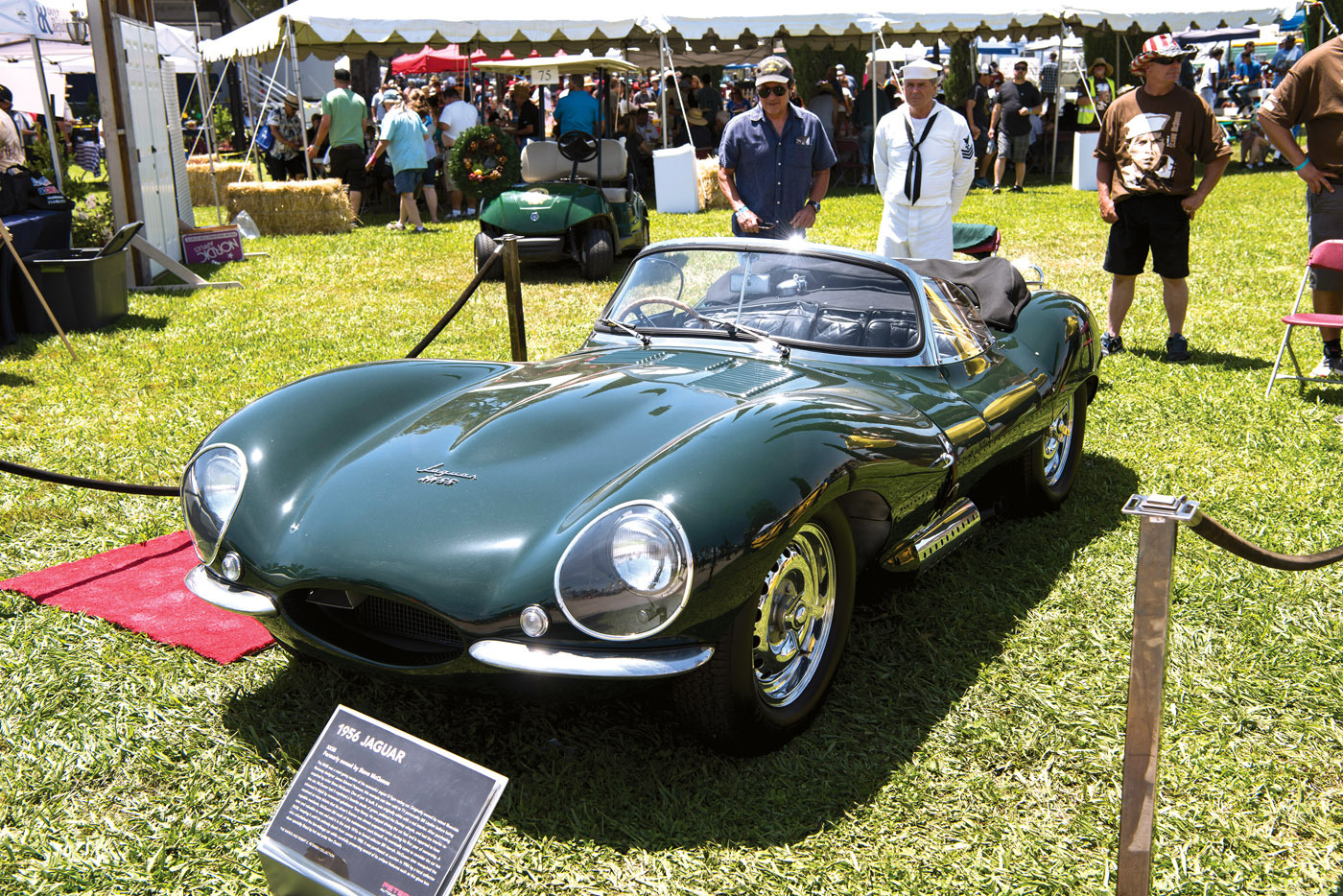
Stone furnishes the following details on that car: “According to Jaguar historian Phil Porter, XKSS 713 (corresponding to D-Type chassis 569) was originally off-white with red interior and was imported by Jaguar Cars North America in April 1957.
“McQueen added his imprint to 713. He repainted the exterior a more discreet British Racing Green. Tony Nancy restitched the interior in black leather. Von Dutch fabricated a metal glove box door to cover the previously open storage space in the dash, purportedly to keep McQueen’s shades from flying out of the cubby while he was giving the Jag a thrash. McQueen affectionately named it the Green Rat.”
While Stone savored the honor of a Mulholland Drive spin in the XKSS, perhaps the ultimate expert-by-proximity is McQueen’s son, Chad McQueen. His first memory of his father’s Jaguar is in the form of iconic photographer William Claxton’s black-and-white image.
“I was 3 years old when Bill Claxton took a photo of me on my tricycle in front of the car,” says Chad. Later, he recalls being squired to school in the XKSS, among other outings.
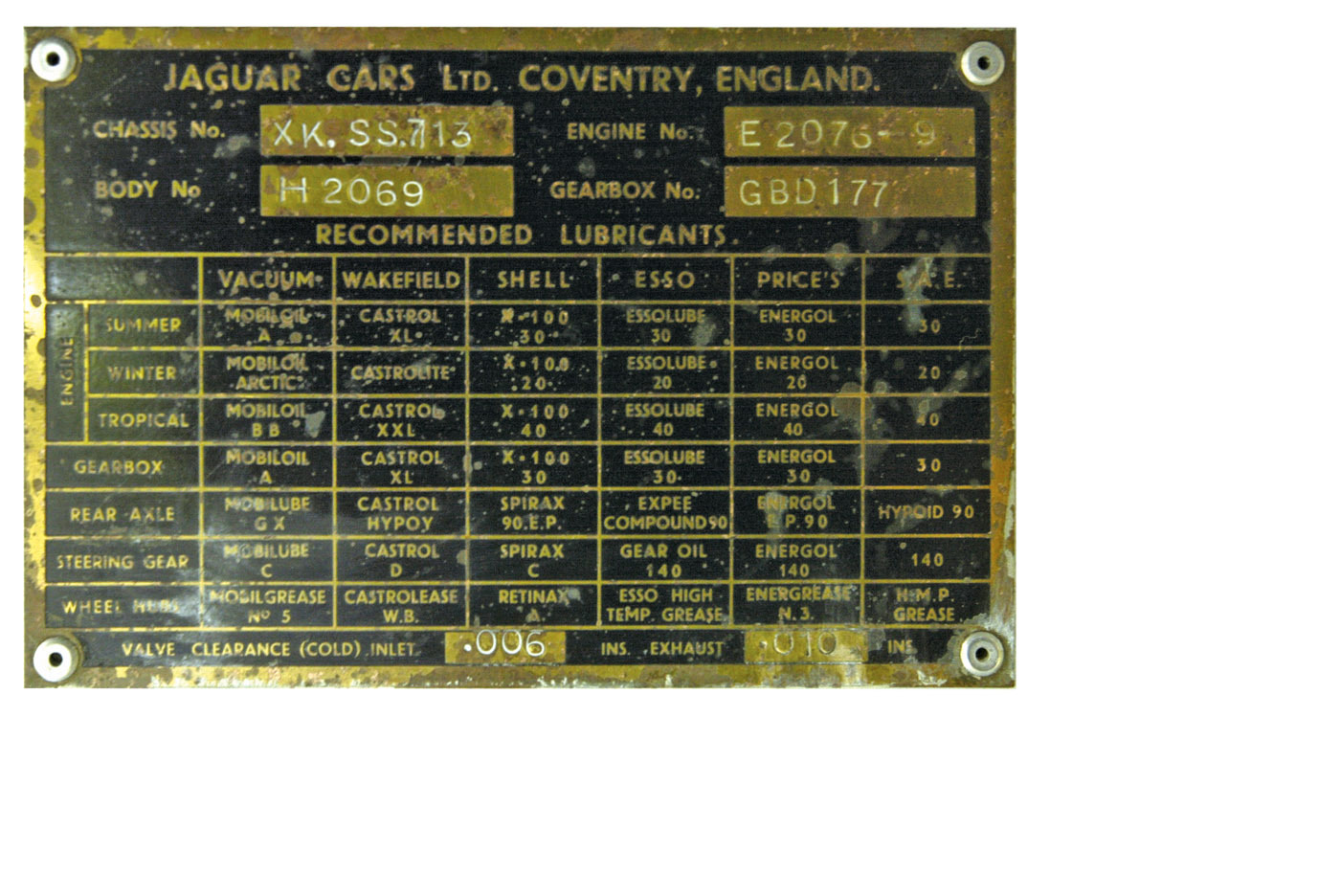
“My Dad drove the hell out of that car,” Chad relates. “At 5 or 6 years old, I rode to school in it, or traveled with him to meetings,” he says. “He had plenty of cars to choose from, but there was a period of time where he drove the XKSS to the studio every day.”
McQueen sold 713 to William Harrah in 1967, where it was placed on permanent display at Harrah’s Auto Collection in Reno, Nevada.
“I asked my Dad why he wanted to sell it and he said he was worried that something might break and kill him,” Chad recalls. However, 10 years later, McQueen wanted the XKSS back.
“He sold the car to Bill Harrah with the understanding he could have it at the same price, but at the time Bill’s collection was in full swing and he tried to tag some extra coin on,” he adds. “They went through a pissing match for a couple of years before he finally got it.”
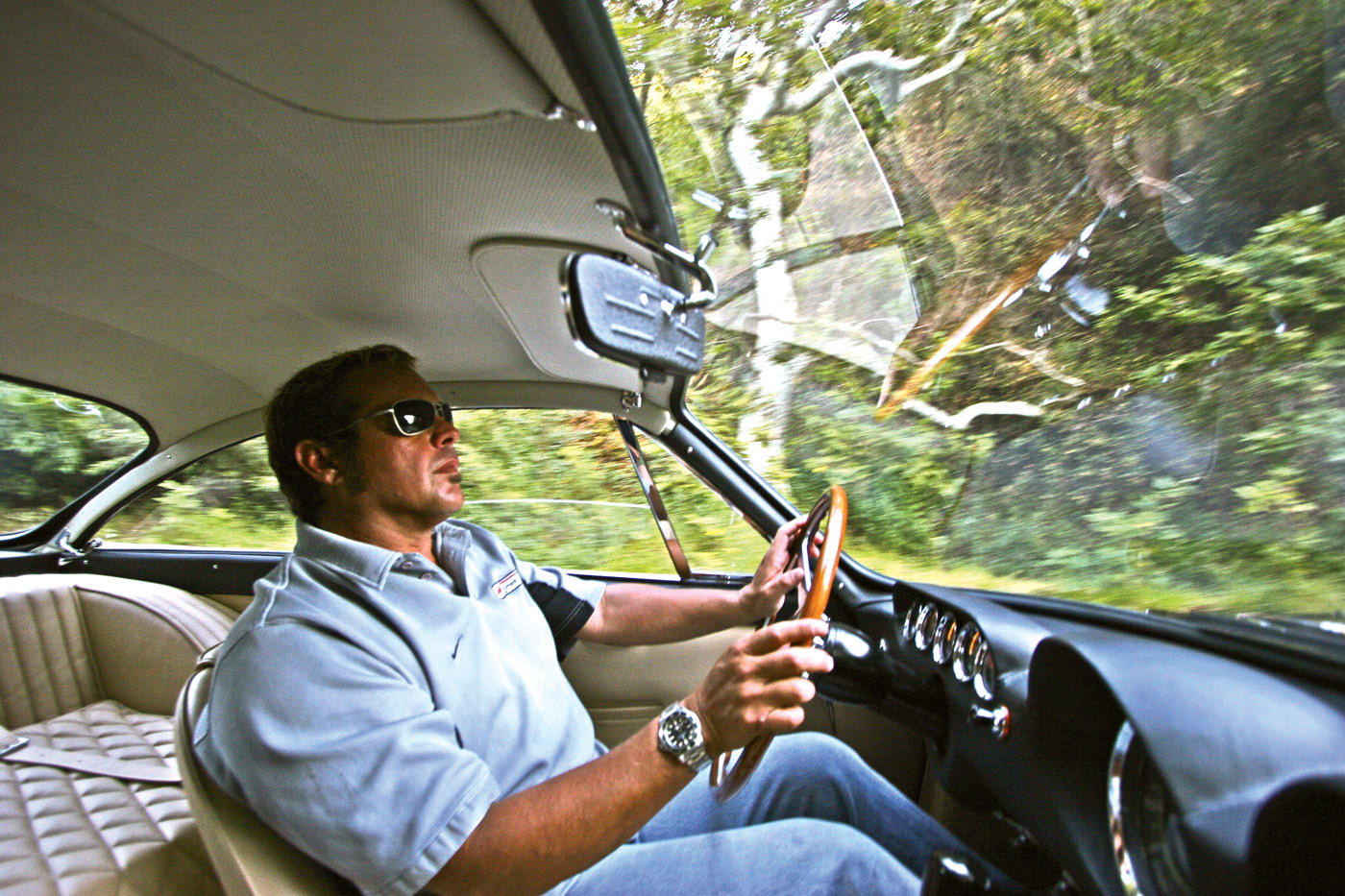
Chad McQueen did not have the privilege of driving the car until after his father’s death in 1980.
“I was petrified,” he admits. “I’d driven a D-Type before, but that was different, as this car had too much history for me to enjoy it. I did lean on it a little, but it was nerve-wracking, to say the least.”
In 1984, 713 was sold in an estate sale to Richard Freshman, McQueen’s friend and former neighbor, for $148,000, and was subsequently acquired in 2000 by the Petersen Automotive Museum in Los Angeles, California, where it remains today.
In a sense, the Green Rat and the legacy of the King of Cool traveled full circle with a June 2016 appearance, courtesy of the Petersen, at the Friends of Steve McQueen Car and Motorcycle Show, held on the campus of Boys Republic in Chino Hills, California. McQueen was remanded to the all-boys school for troubled adolescents from 1947 through 1949 and credited his time there with turning his life around and pointing him toward stardom and success. The actor remained involved with the institution throughout his life. The McQueen family continues that connection today, with Chad serving as co-chairman for the event.
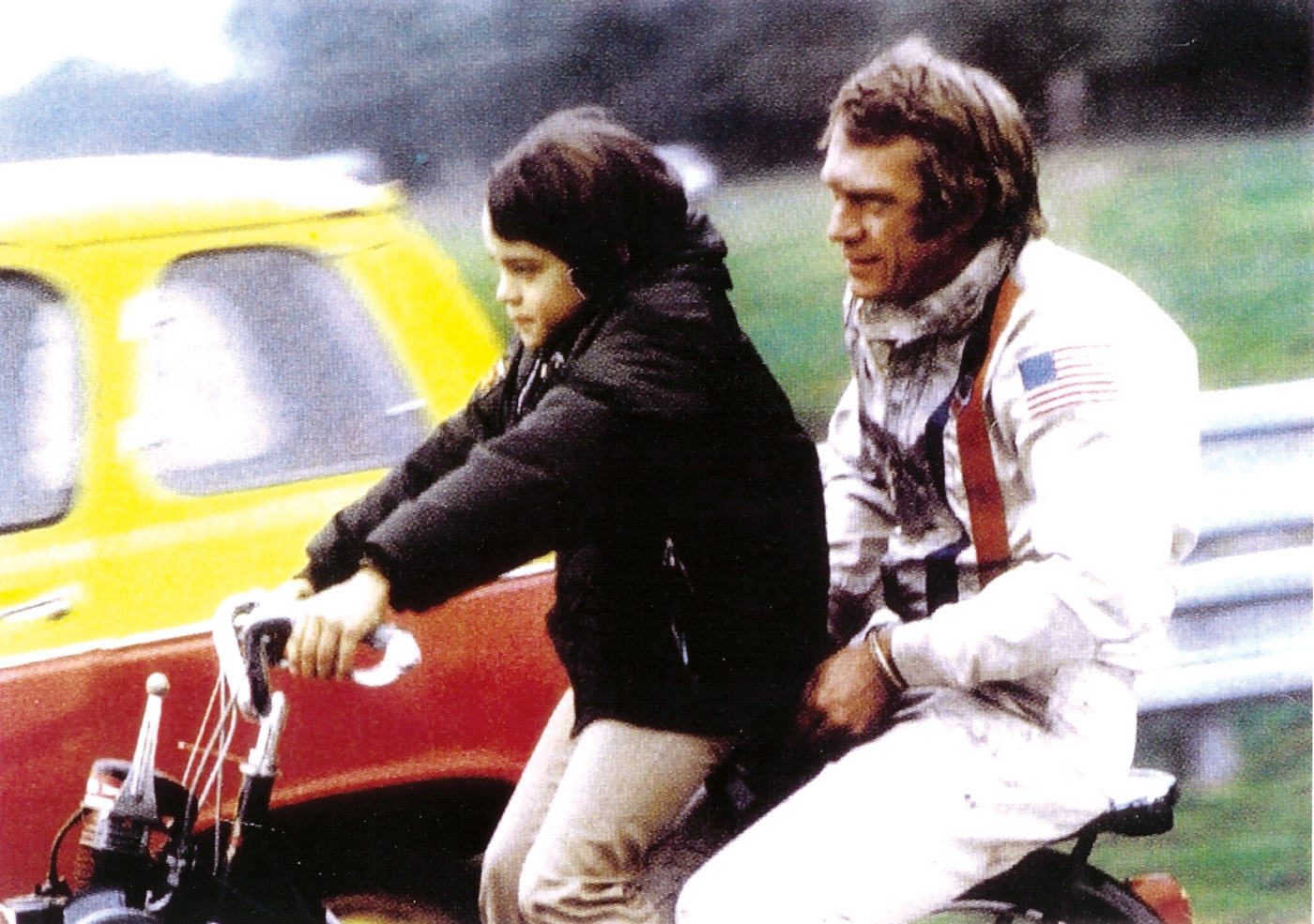
“Boys Republic meant a lot to my Dad and being able to give back to the school as a direct result of the funds raised during the car show just continues his love for the school,” Chad points out. “To recall his time there in the 1940s — scared, lonely, didn’t know where his life was going — and then here is this bitchin’ car that he worked hard at his craft to own. I like to think it shows today’s students that there are possibilities in life.
“Seeing this beautiful, beautiful piece of machinery parked on the lawn also brought up a lot of childhood memories for me,” Chad relates. “It is truly a work of rolling art.”

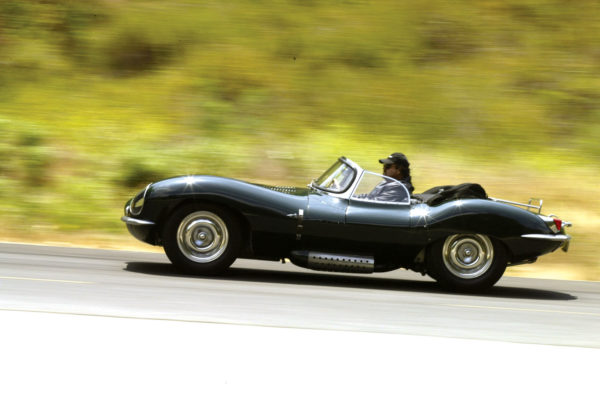
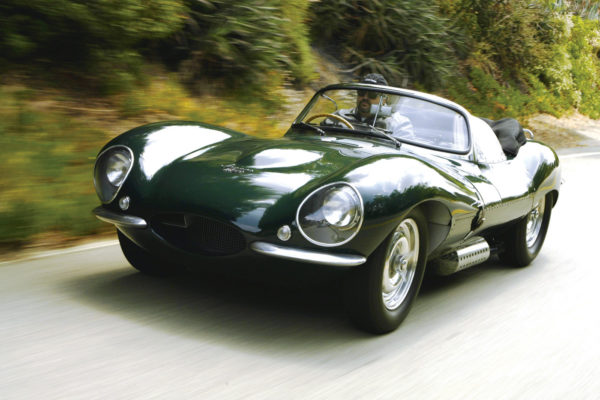
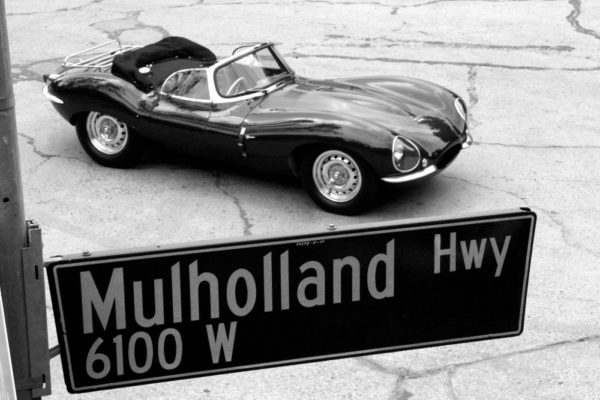
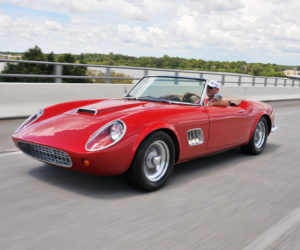
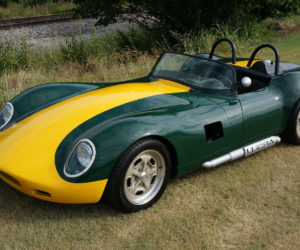
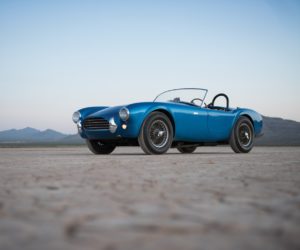
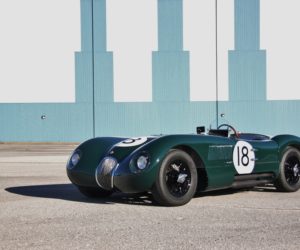
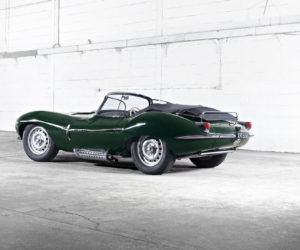
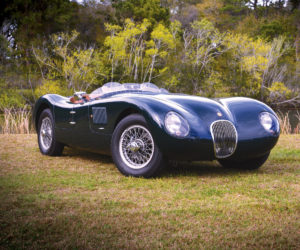




Comments for: Cool Was the Rule
comments powered by Disqus